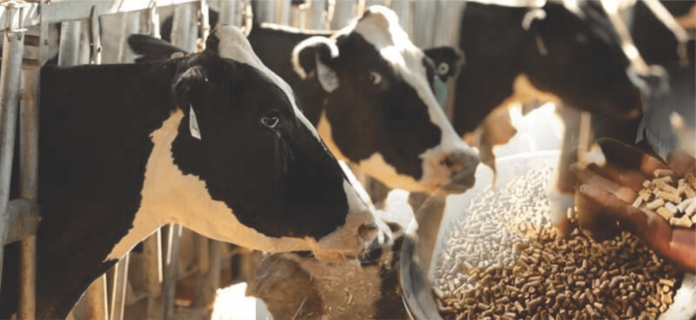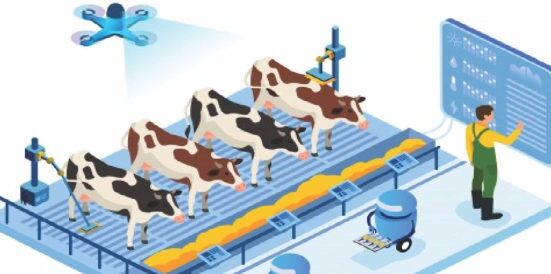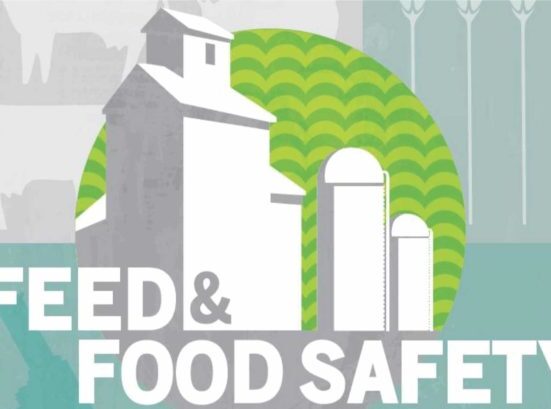 Think Grain Think Feed connected with Mr. Ramamoorthy Sundaram, RGS Feeds to get some tips on process optimization in cattle feed manufacturing. Below are the excerpts.
Think Grain Think Feed connected with Mr. Ramamoorthy Sundaram, RGS Feeds to get some tips on process optimization in cattle feed manufacturing. Below are the excerpts.
Please throw some light on measures to be considered regarding molasses usage and its application in the Feed manufacturing process.
Molasses is added mainly for the purpose of energy for cattle. In process it supports heat & moisture addition. Molasses addition eases the pelleting and palatability.
As per user perception, molasses usage in feed impacts the aroma, color, etc., would you please share your experience on actual results?
In actual, user provide molasses to cattle directly by mixing in water to improve digestion, milk yield, reduce heat related issues. When it is added in feed, they accept instantly as separate feeding is not required. Also, molasses prevents pregnancy miscarriage.
What is the standard conditioning moisture for the cattle feed production process?
13% is the highest measured moisture during all the stages of the process. Later will be reduced at cooler and nature.
The standard conditioning temperature for cattle feed production should be 65 degrees or 80 degrees Celsius and why?
If it exceeds 80 degrees Celsius, molasses will be caramelized and molasses will turn crystal can’t mix evenly in feed.
Is steam conditioning essential for Cattle feed?
Yes. Addition of heat will perform starch gelatinization. Gelatinization provokes the nutrients in the feed and supports digestion.
Is feed solubility an important factor in cattle feed quality determination?
To determine the quality of feed, feed solubility may not be an important factor.
How do different sizes of the pellet impact the animal performance – 6mm, 8mm & 10mm?
Different sizes impact in rumination in cows. Rumination facilitates digestion, subsequent passage from the rumen influencing the intake.







